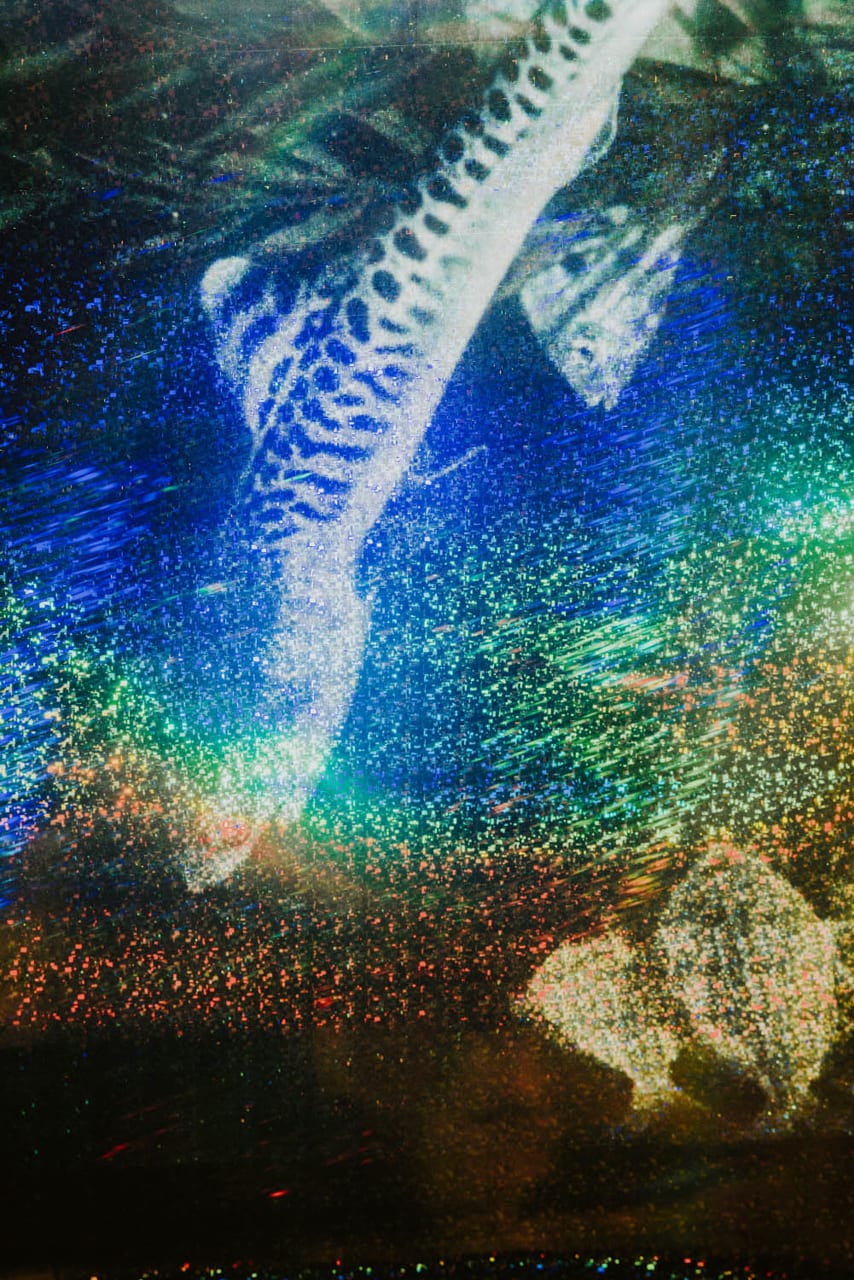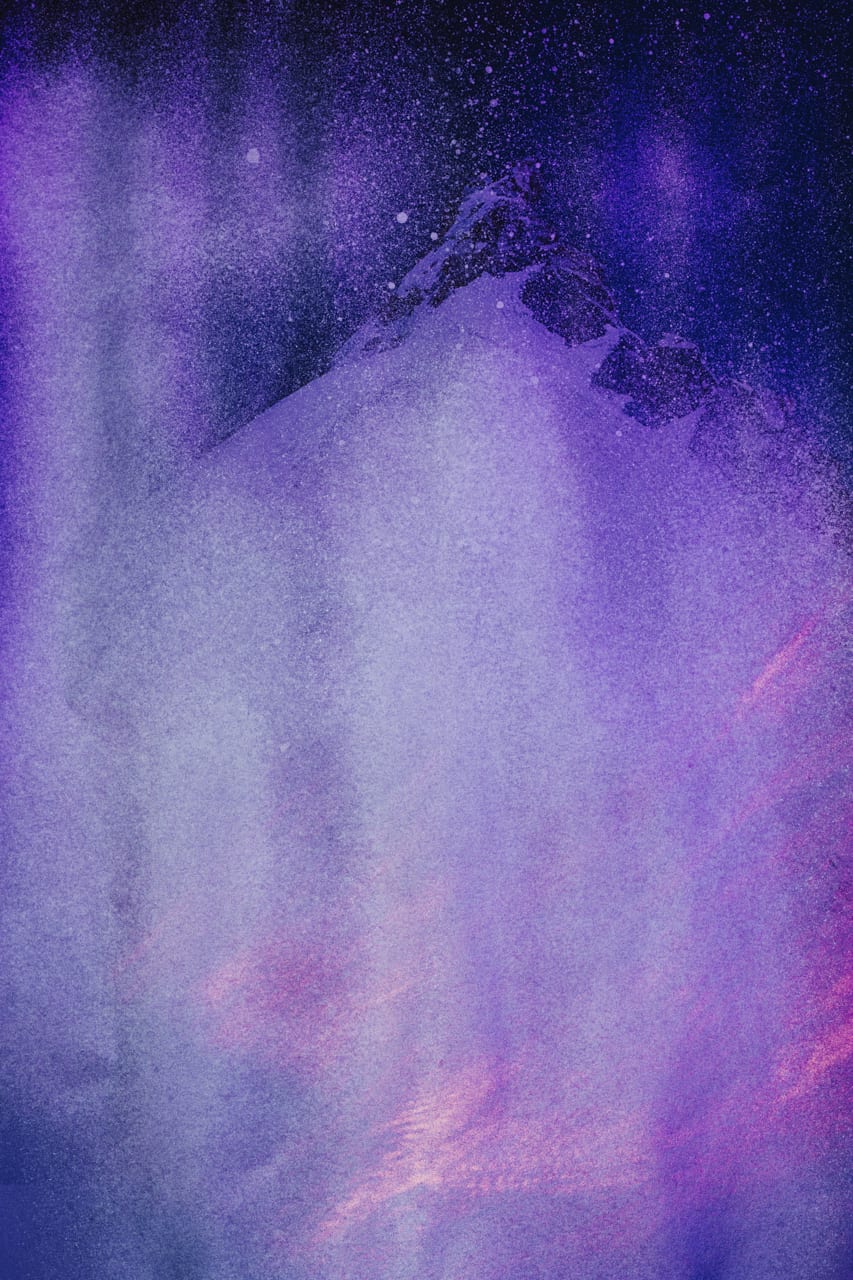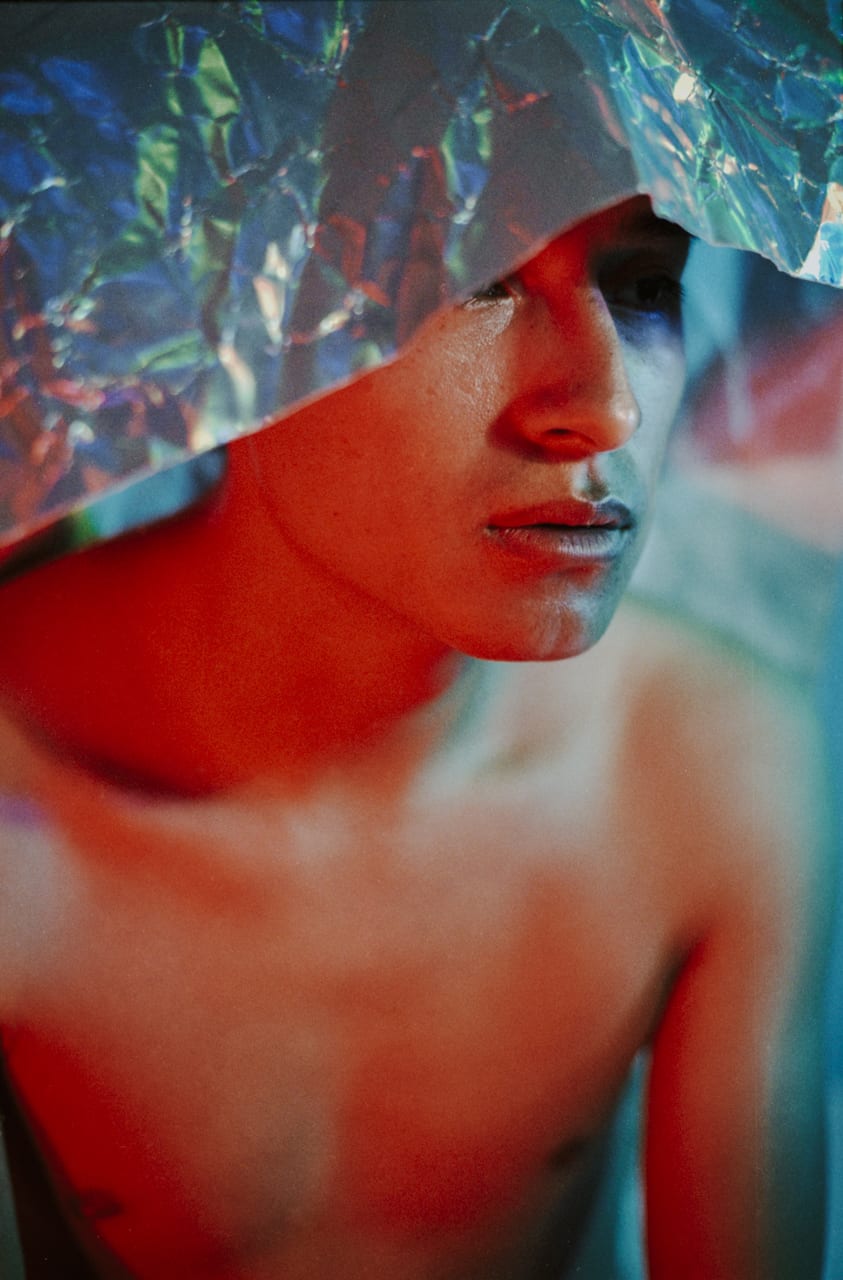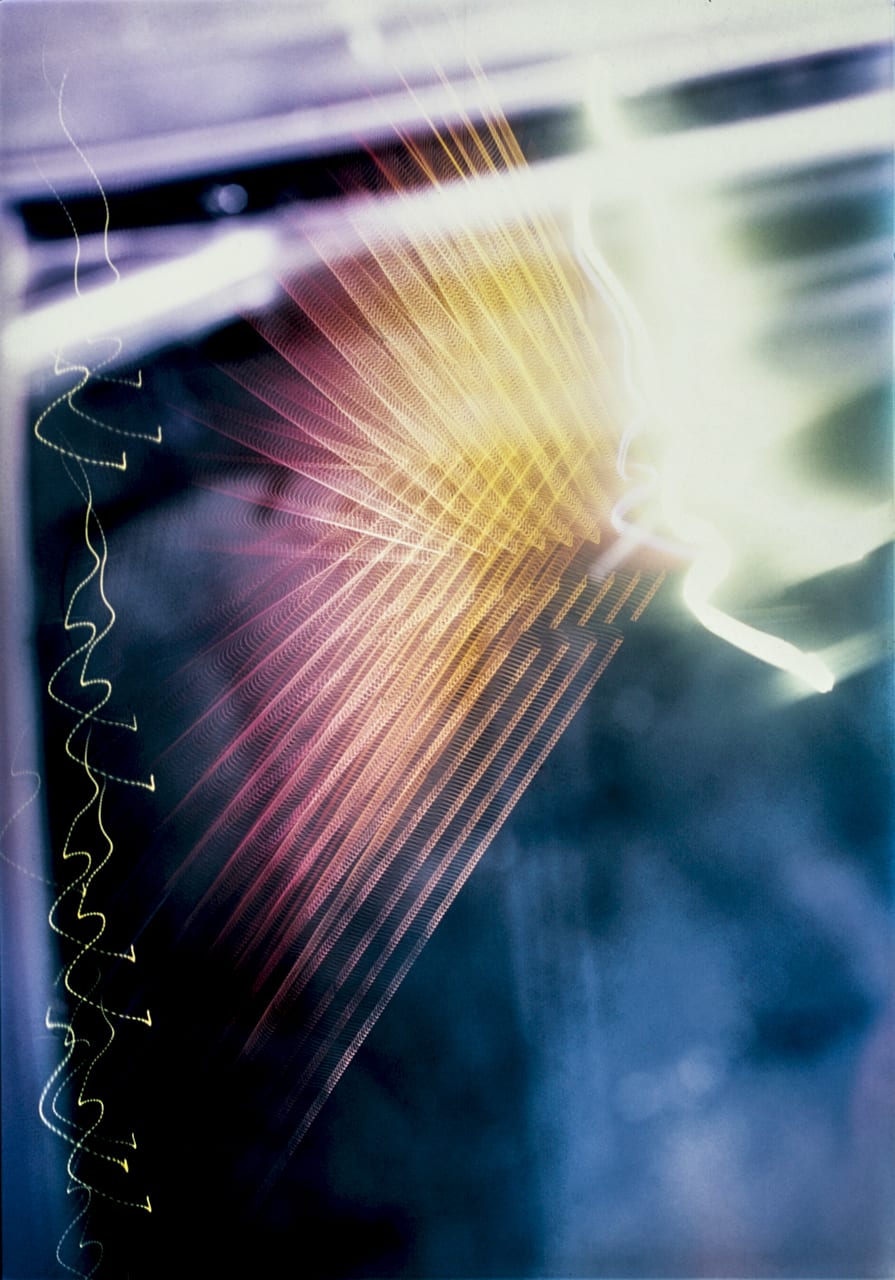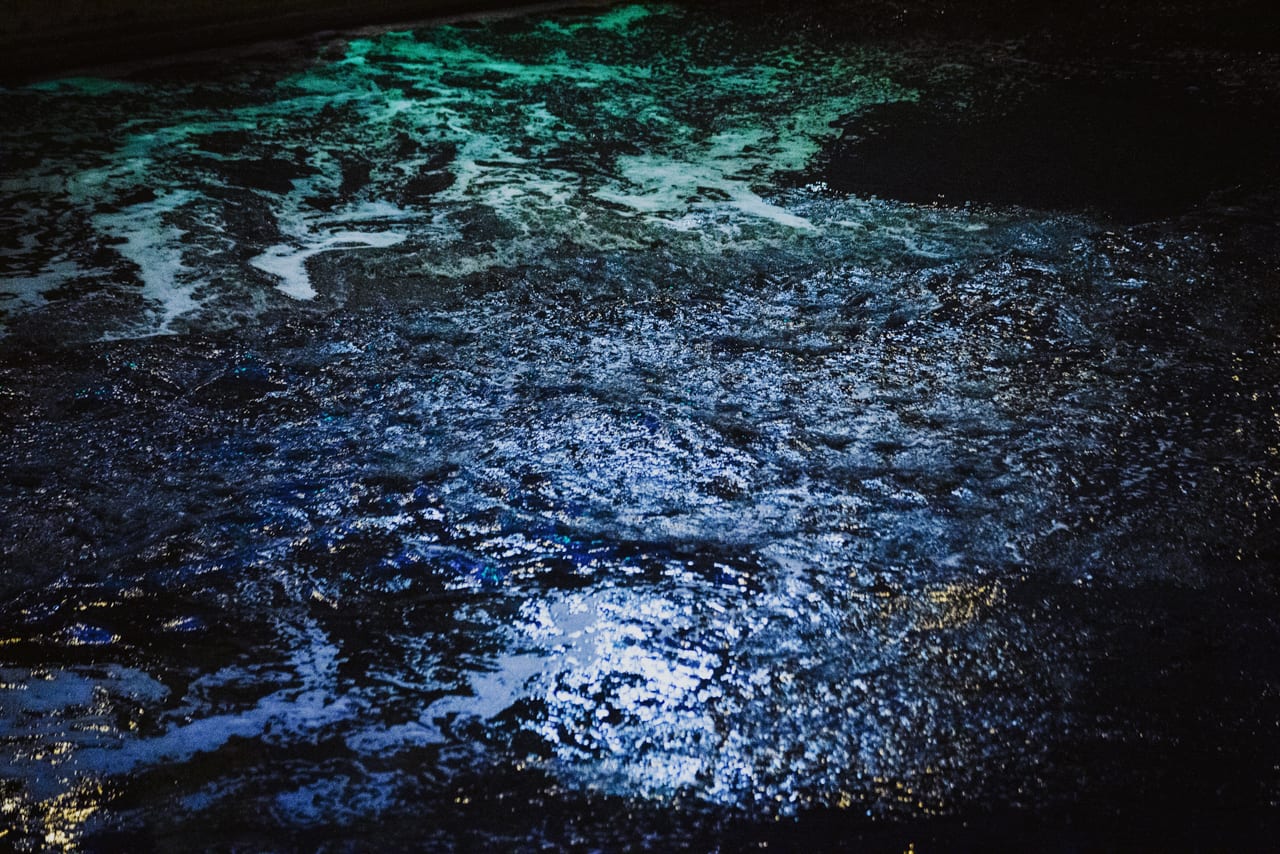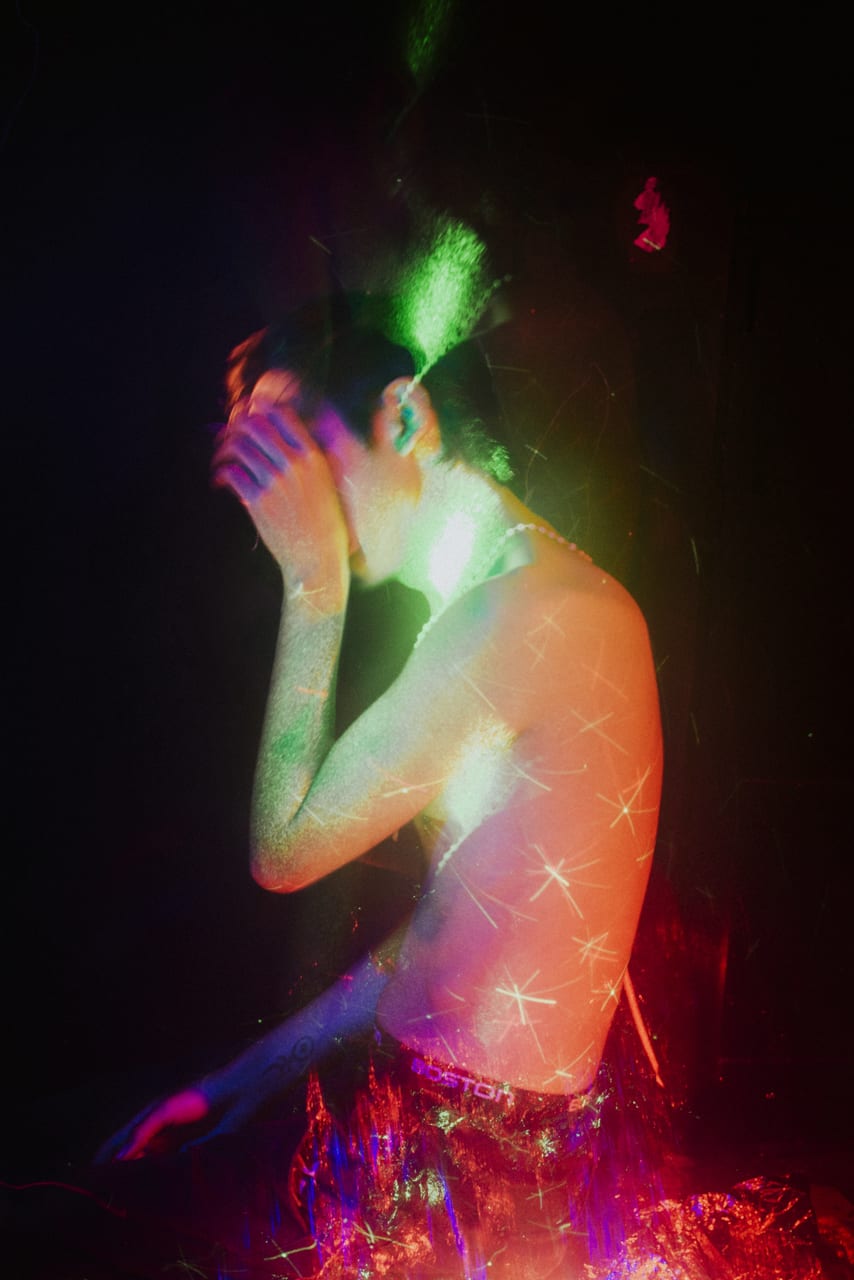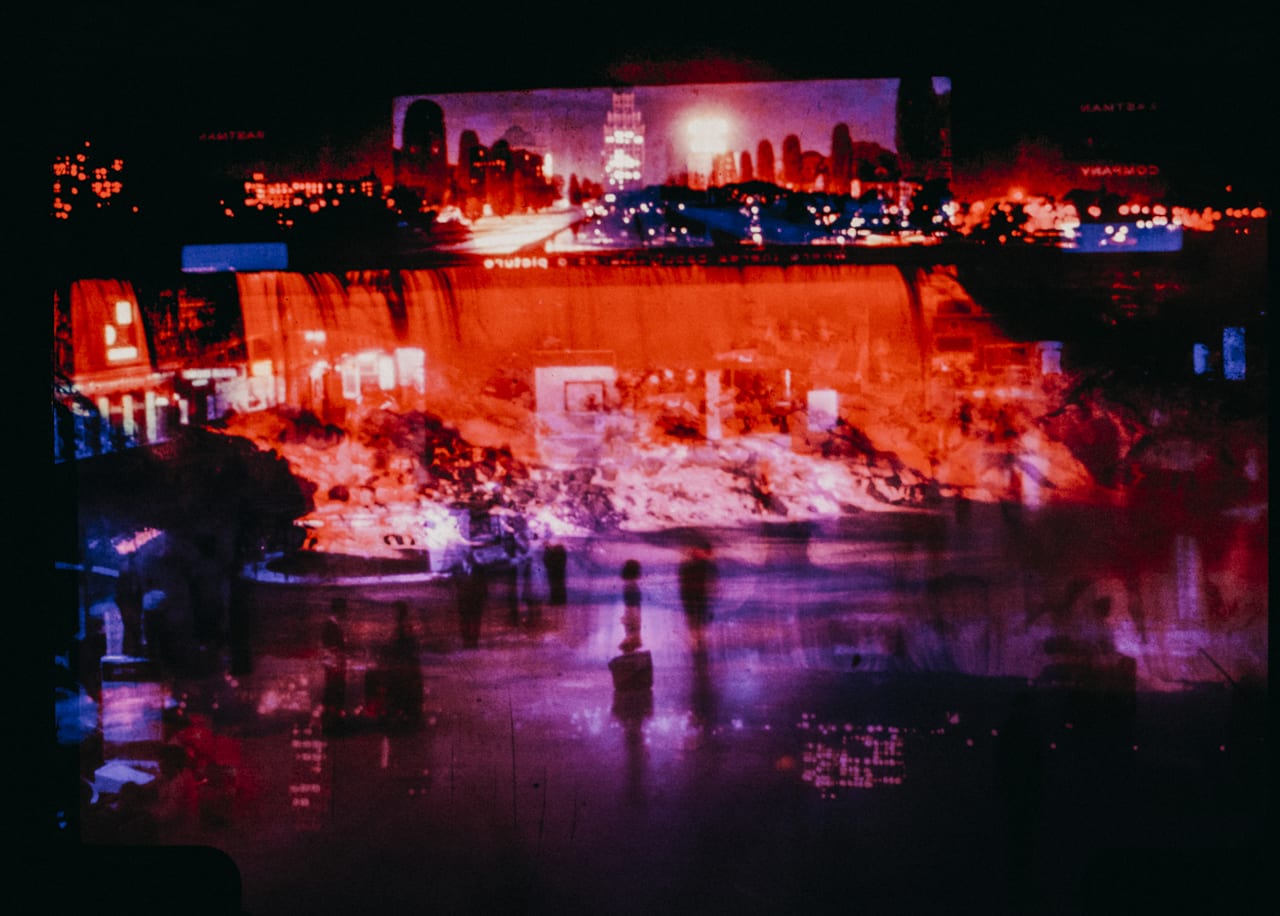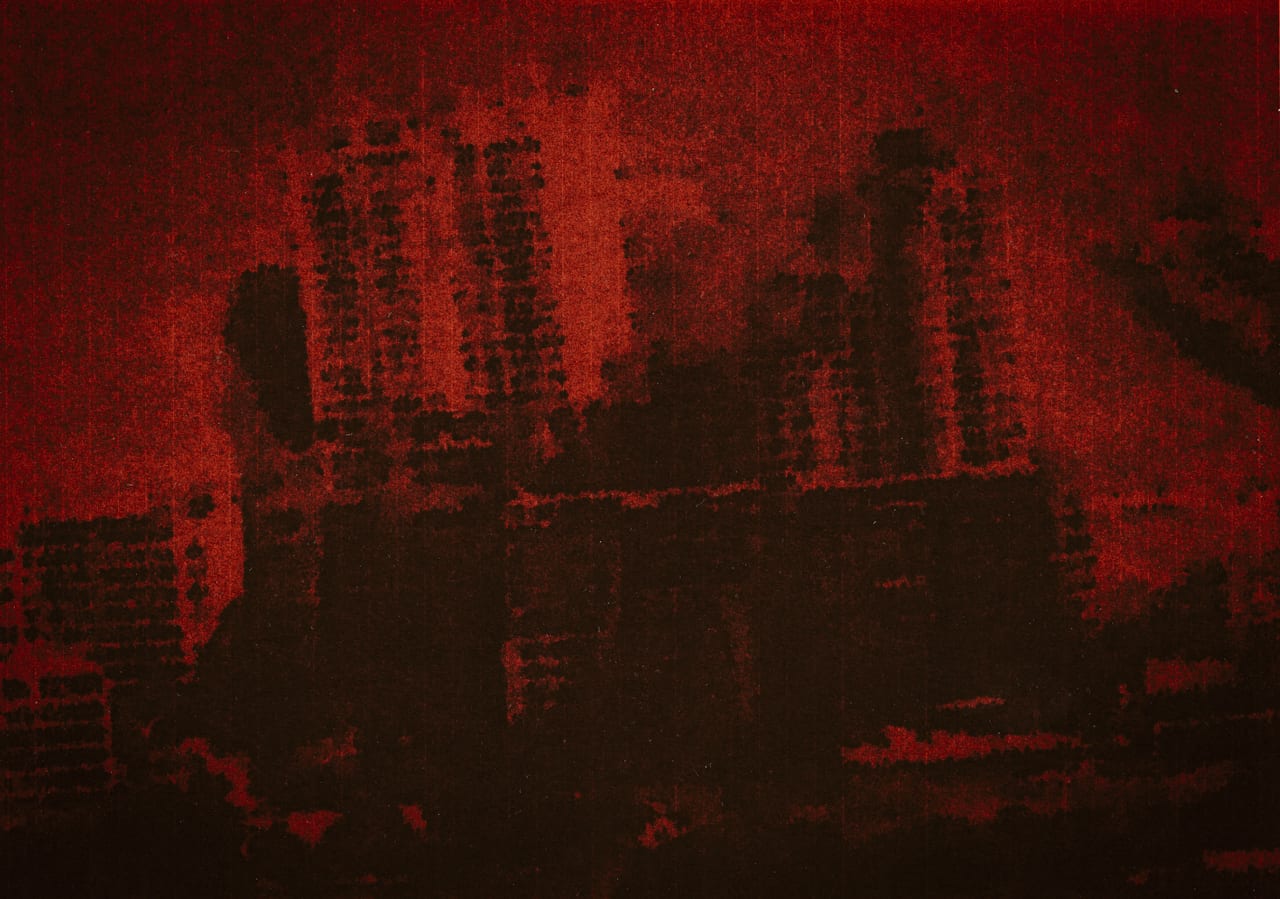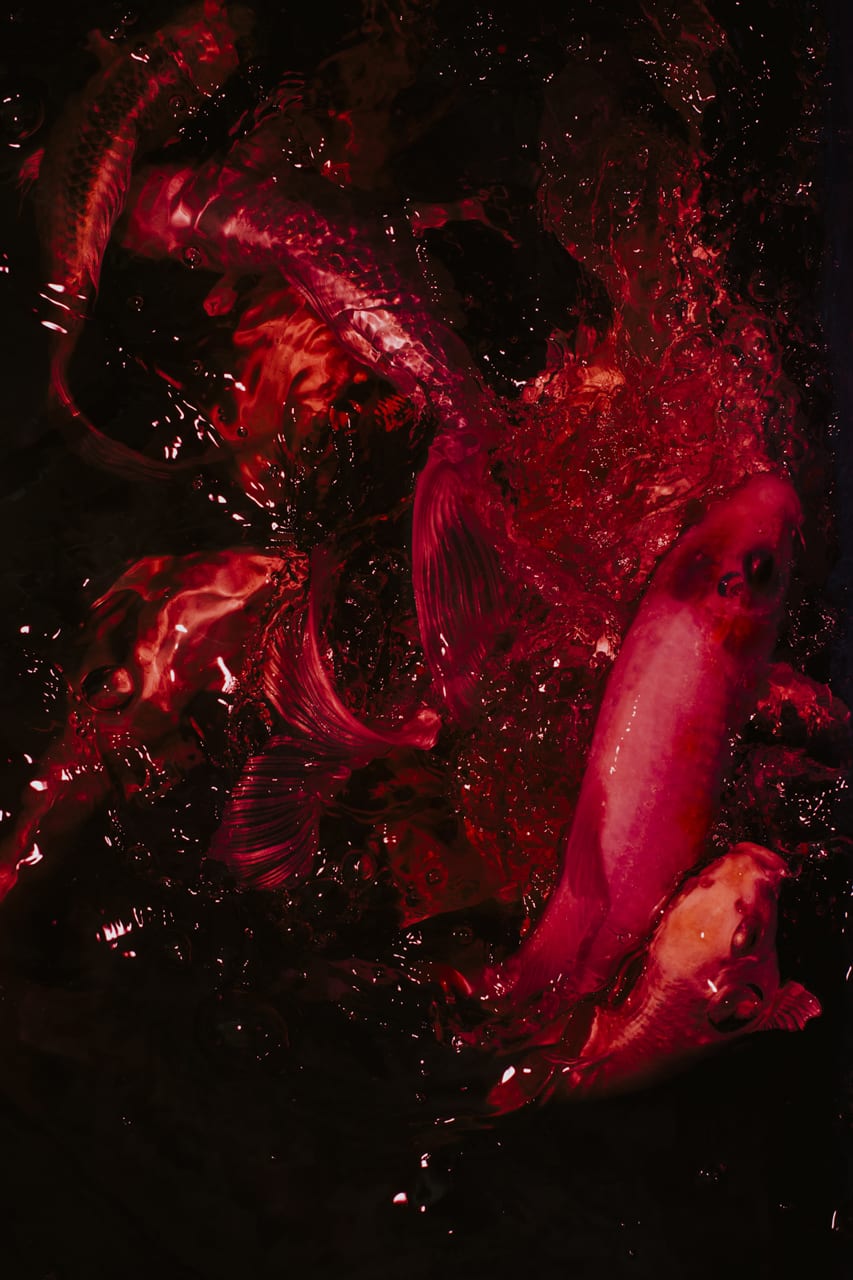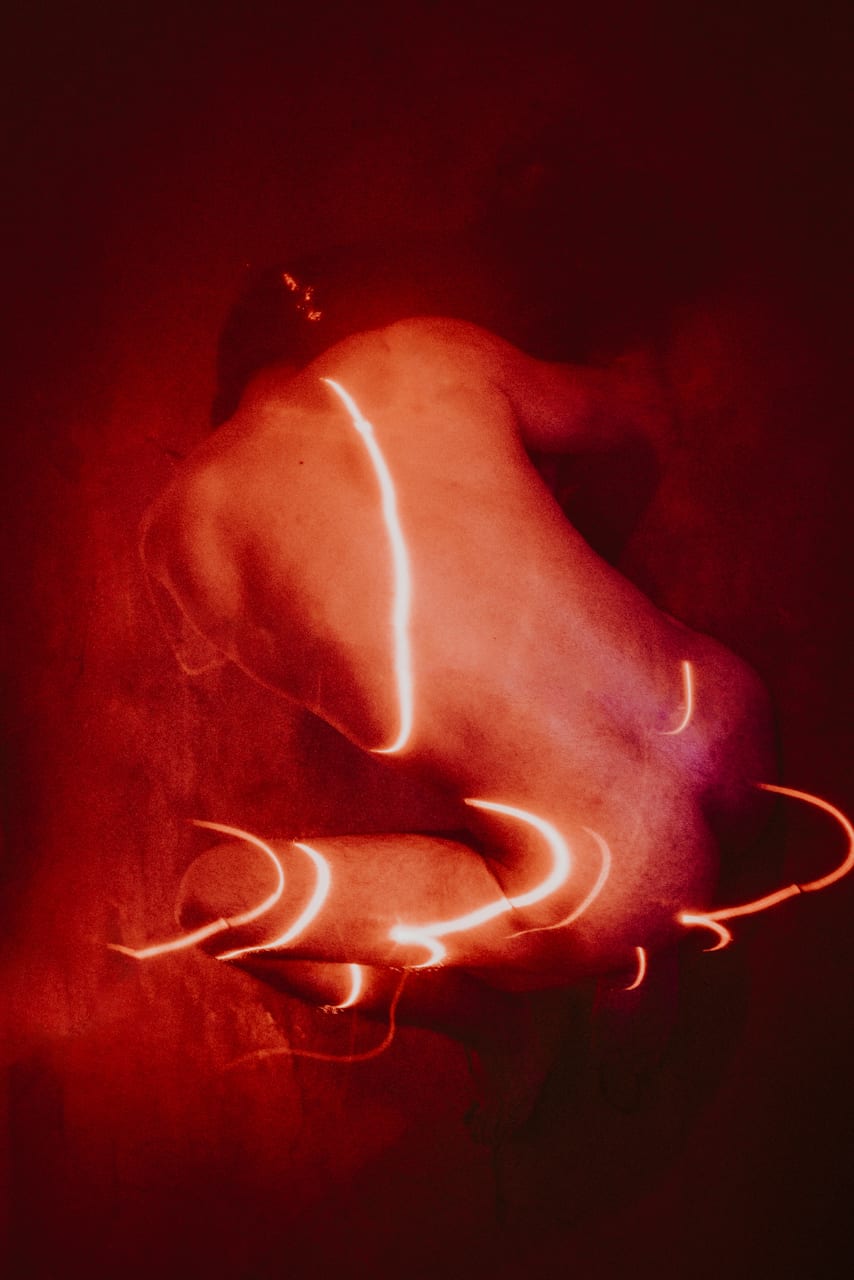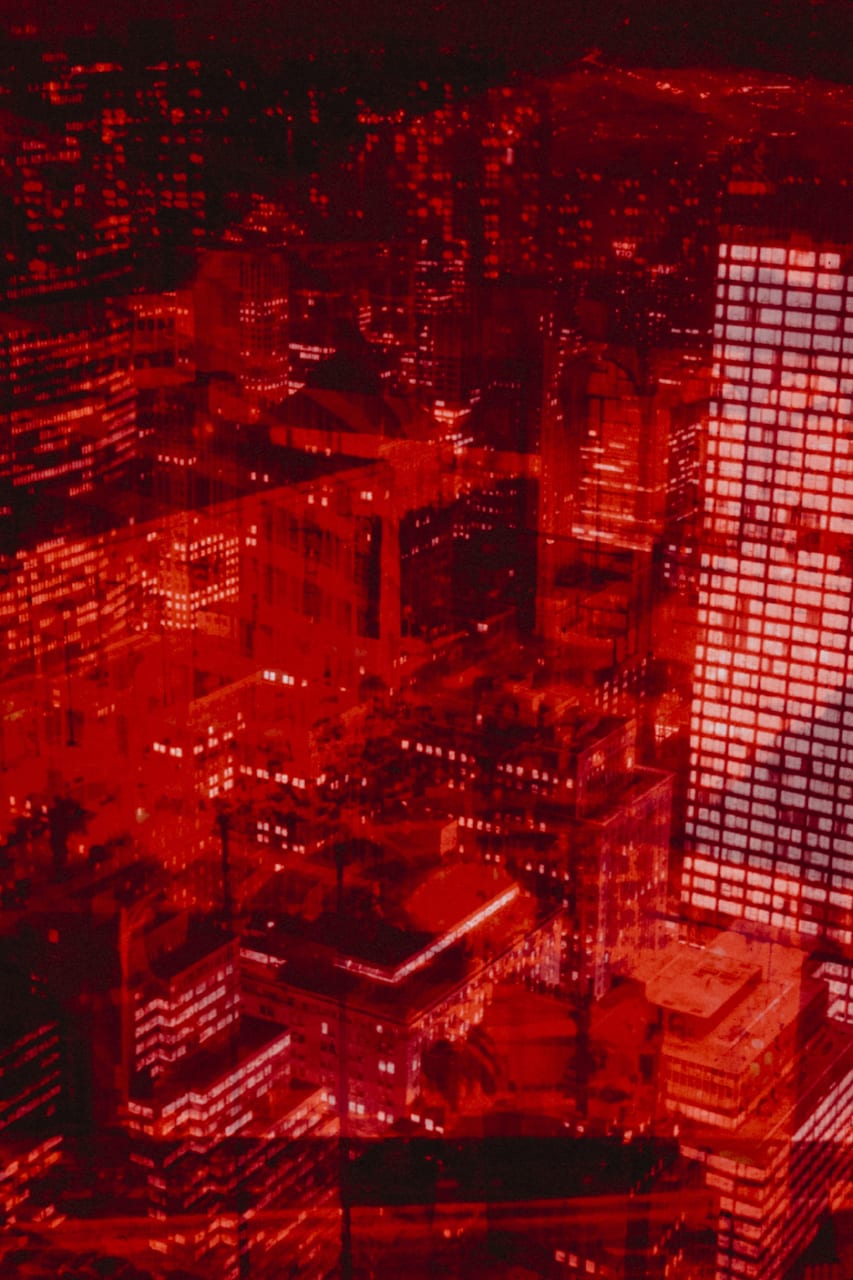Growing up in Peru in a large family “with limited resources”, photography didn’t figure large in Prin Rodriguez’s childhood. In fact her family only got its first camera – a pocket digital camera – when she was finishing secondary school, and was initially firmly against it when Rodrigeuz said she wanted to study photography. “They had the conviction that university education was a way of moving up the social ladder, and that photography did not offer any certainty of this,” she tells BJP. “For my family to have a camera was almost a luxury.”
Despite this Rodriguez persisted, and is now building a successful career in image-making. She’s currently taking part in the VII workshop in Poland, one of only 20 photographers to have been invited to join, and the only one from the whole of Latin America. Her work was recently published on the PHmuseum website, and she has co-founded the Pariacaca collective with fellow photographer Monarca Criollo.
Pariacaca is the name of one of the oldest divinities in Peru, a figure who predates Peru’s disastrous colonisation – a colonisation which from 1533 on saw over 90% of the Inca population die, largely from diseases brought by the Spanish. Pariacaca lingers in oral tradition, and in a text assembled from oral testimony in the 16th century Gods and Men of Huarochiri; in their joint project, Rodriguez and Criollo hope to “transform the way we represent ourselves”, and to “transcend any self-imposed border and dynamise the worlds to create visual universes”.
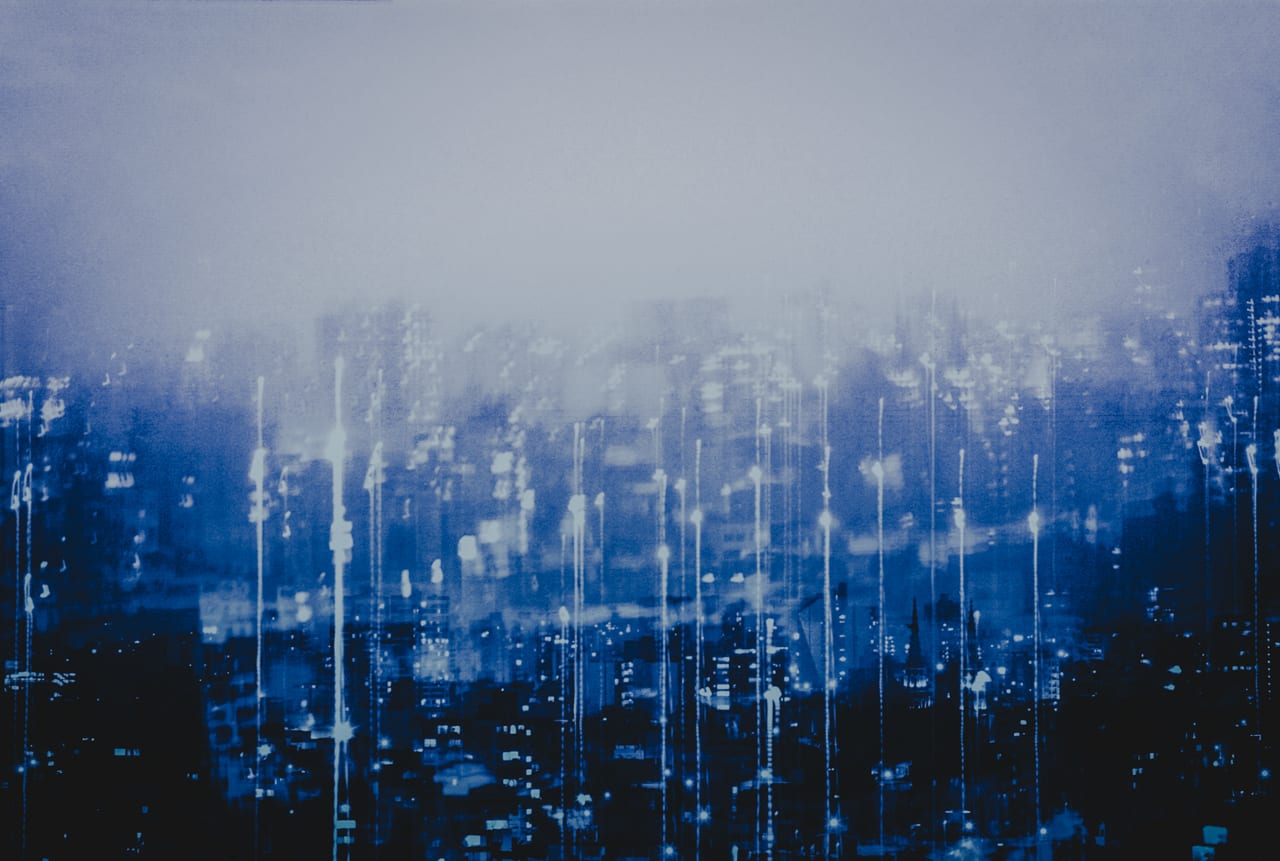
Rodriguez has also referenced the divinity in her series Los Hijos de Pariacaca, which translates as “The Children of Pariacaca”. “This series starts from the metaphor of being the son of a divinity, to unite the past with the present, to look for a new way of representing the complex and dynamic identity in my country, and to approach migration from another angle, embellishing and empowering people who are seeking to reconnect with their roots in a context in which racism and discrimination still exist,” Rodriguez states.
“The series arises from a reflection on how to represent contemporary Peruvian identity, related to an ancestral past and connected to a complex and violent present,” she tells BJP. “In Peru, prejudices and canons in appreciating our beauty persist. Discrimination against people with indigenous roots and who speak native languages continues, these circumstances made me reflect deeply, about my own beauty and roots, about my vision of the world, and how to transmit it through images.
“For me, the children of Pariacaca are the young people of contemporary Peru who inhabit cities no longer related to the idyllic and intangible nature of the past. They are people seeking their identity, many of them children or grandchildren of people who had to migrate to big cities and from there they try to understand the processes of change of a suffering and complex society.”
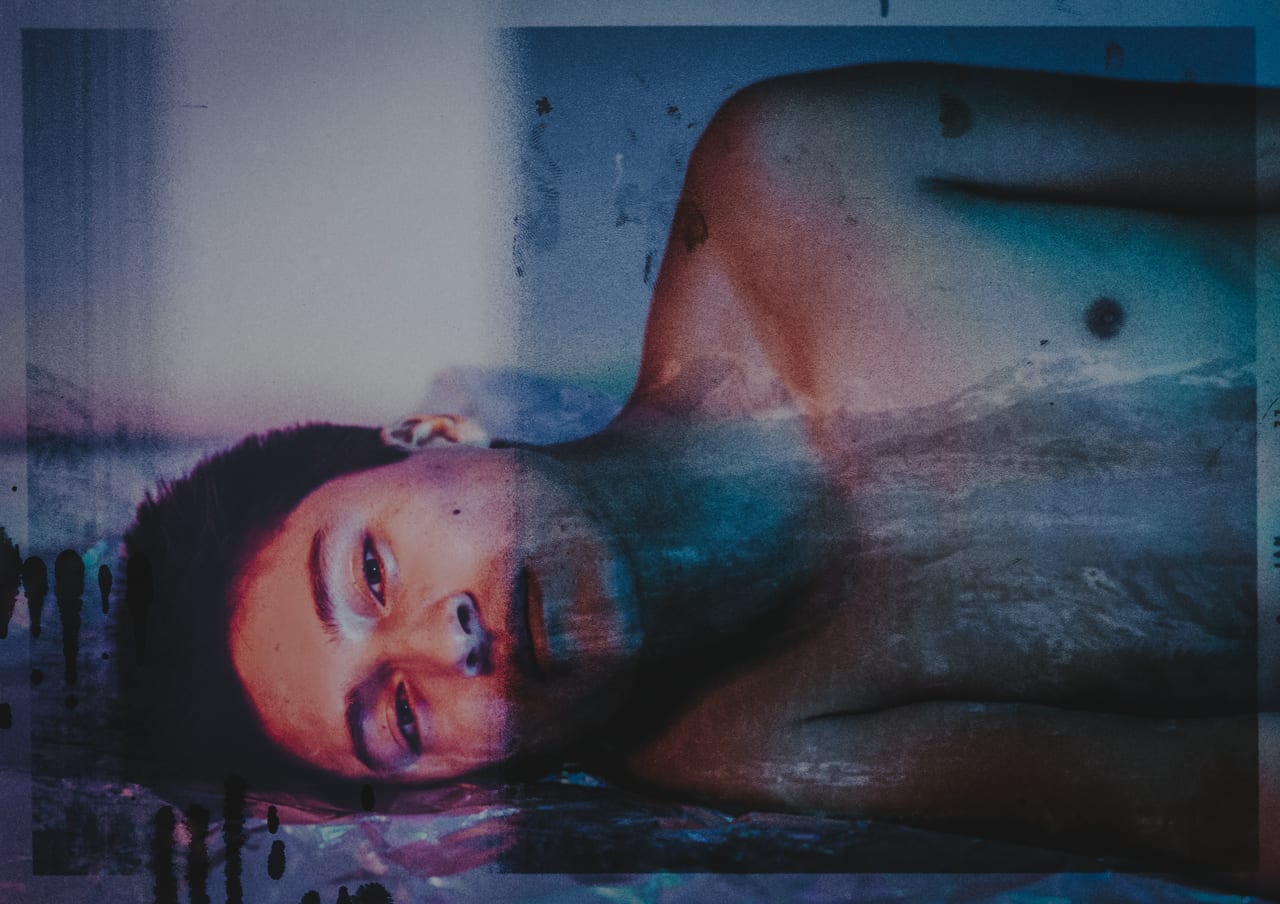
As such, she has photographed young Peruvians and alternative cityscapes in a dreamlike, fantastical way, mixing up light sources, shooting through glass and other objects, printing on metallic papers, and using old slides and photocopies to disrupt the images and create an alternative reality. She’s influenced by images from a wide variety of viewpoints, she says, including the ways in which Peru is depicted in popular vernacular photography such as folk music albums and calendars.
“These images circulate effectively and are consumed by many people on a daily basis, feeding the need for images from the authorship and the anonymous work, and coming to establish visual references in the collective imagination,” she explains.
But she’s also influenced by the work of Peruvian photographer and anthropologist César A. Vivanco, who has worked for the last 50 years on “forging a critical vision of the society of my country from the south of Peru”, and another significant influence is Spanish photographer Julián Barón, whose work questions “the production and circulation of images in today’s society”.
At the same time, she also questions the ways in which Peru is depicted in its emerging photographic scene – a scene which is so far confined to the capital, Lima, and which is supported by a photographic education far out of reach for most Peruvians. “The possibilities of formal visual education in Peru are still very expensive, becoming inaccessible for most people,” says Rodriguez, “which makes us reflect on how much the official photographic world influences the visuality of Peru”.
www.prinrodriguez.com www.pariacaca.pe
